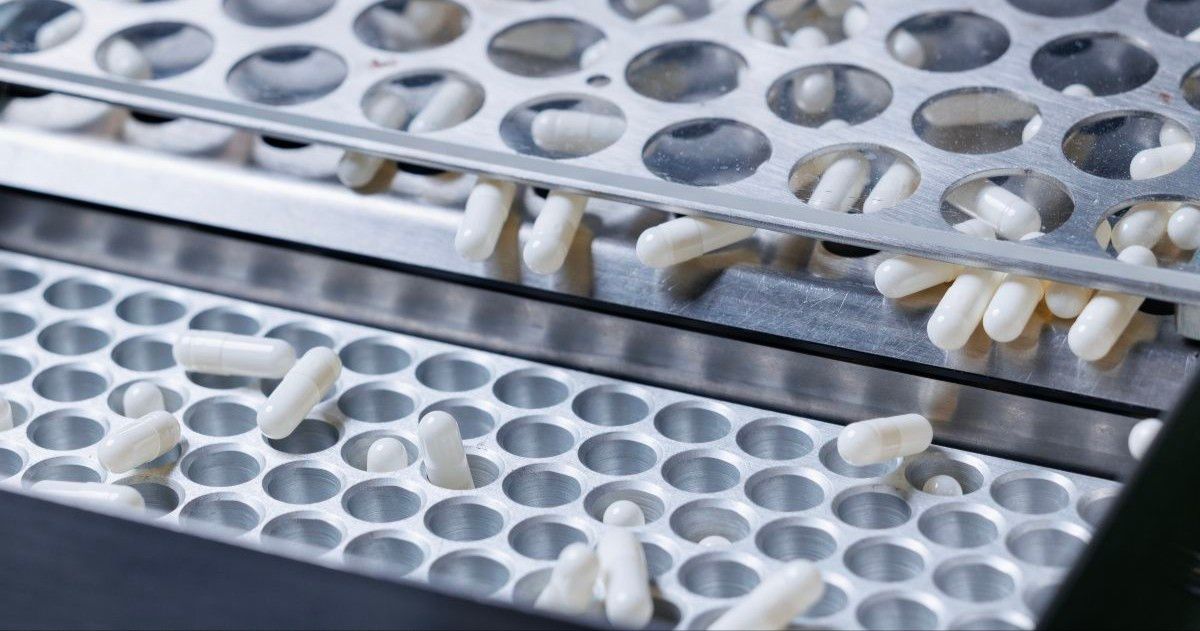
One in six bacterial infections worldwide could no longer be treated with standard antibiotics in 2023, according to a new report released by the World Health Organization (WHO), raising alarm over the accelerating threat of antimicrobial resistance (AMR).
The Global Antibiotic Resistance Surveillance Report 2025, launched Monday, presents the most comprehensive global data to date on resistance trends. It reveals that between 2018 and 2023, antibiotic resistance increased in more than 40% of bacteria-antibiotic combinations tracked, with annual rises of 5 to 15%.
The report draws on data from more than 100 countries submitted through the WHO’s Global Antimicrobial Resistance and Use Surveillance System (GLASS). It highlights mounting resistance in bacteria that cause common and potentially life-threatening infections—including those of the urinary tract, gastrointestinal system, bloodstream, and sexually transmitted infections like gonorrhoea.
Global Disparities in Resistance
Resistance is rising unevenly across regions. WHO estimates show that one in three infections in South-East Asia and the Eastern Mediterranean are now antibiotic-resistant. In Africa, the figure is one in five. The situation is worst in areas with under-resourced health systems that lack the capacity to diagnose and treat bacterial infections effectively.
“Antimicrobial resistance is outpacing advances in modern medicine, threatening the health of families worldwide,” said WHO Director-General Dr. Tedros Adhanom Ghebreyesus. “As countries strengthen their AMR surveillance systems, we must use antibiotics responsibly and ensure access to the right medicines, quality-assured diagnostics, and vaccines.”
Deadliest Resistance in Gram-Negative Bacteria
The report singles out drug-resistant Gram-negative bacteria as the most serious threat. In particular, Escherichia coli and Klebsiella pneumoniae—common causes of bloodstream infections—have developed widespread resistance to third-generation cephalosporins, a first-line class of antibiotics.
Globally, more than 40% of E. coli infections and over 55% of K. pneumoniae infections are resistant to these drugs. In Africa, resistance rates exceed 70%. These infections are often severe and can lead to sepsis, organ failure, and death.
Other essential antibiotics, including carbapenems and fluoroquinolones, are also becoming less effective against E. coli, K. pneumoniae, Salmonella, and Acinetobacter. Resistance to carbapenems—previously rare—is now increasingly common, leaving doctors with few treatment options. Many last-resort antibiotics are costly, difficult to access, and often unavailable in low- and middle-income countries.
Surveillance Improving, But Gaps Persist
While participation in WHO’s GLASS surveillance system has grown from 25 countries in 2016 to 104 in 2023, nearly half of all countries still failed to report AMR data last year. Among those that did, many lacked the capacity to generate reliable information. The problem is most acute in countries hardest hit by AMR.
To strengthen global response efforts, the UN General Assembly in 2024 adopted a political declaration on AMR, setting new targets for national health systems and calling for a unified ‘One Health’ strategy—addressing human, animal, and environmental health together.
A Call to Action
WHO is urging all nations to submit high-quality AMR and antibiotic use data to GLASS by 2030. Achieving this goal will require investment in laboratory infrastructure, training, and data-sharing systems, especially in underserved regions.
The agency also recommends that countries adapt treatment guidelines and essential medicines lists based on local resistance patterns and expand coordinated interventions across all levels of healthcare.
The report is accompanied by expanded digital resources available through the WHO GLASS dashboard, offering regional summaries, country-specific profiles, and detailed data on antibiotic use and resistance trends.












Sunrise reporter
Leave a Comment
Your email address will not be published.